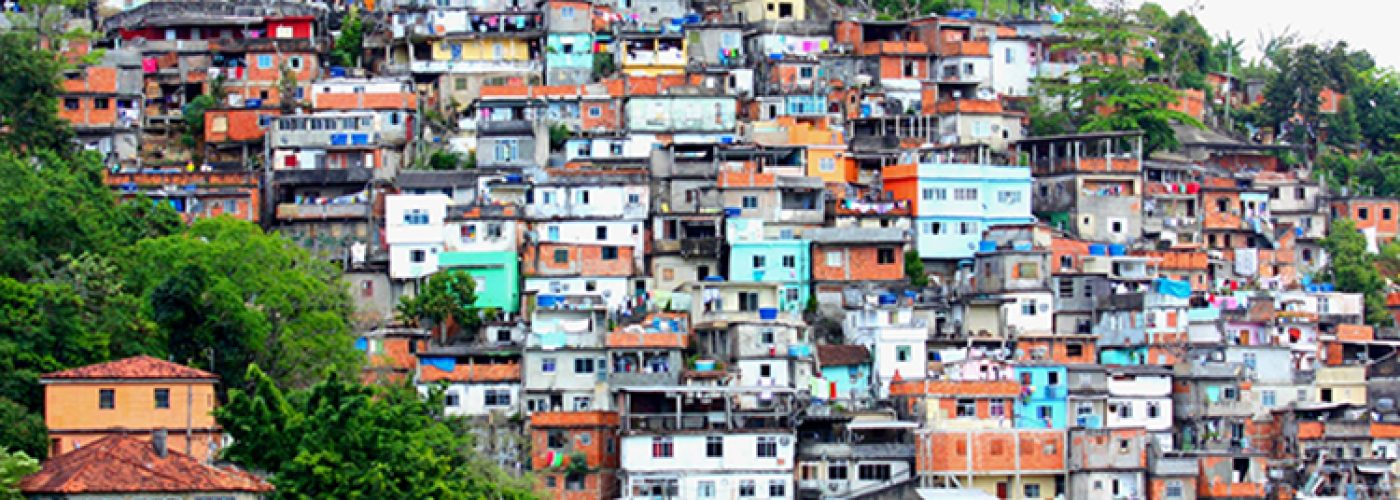26 March 2016 – by Janie Manzoori-Stamford
Over the course of the last century the world’s urban population has grown 15-fold. That is a tough multiplication to imagine in real terms. But, put simply, 200m people lived in urban areas in the early 1900s. Today that figure stands at around 3.6bn – just over half the world’s total population.

And the influx into global cities will not stop there. The United Nations predicts that 64% of the developing world and 86% of the developed world will be urbanised by 2050. Nearly 90% of the increase will be concentrated in Asia and Africa.
On the one hand, this mass migration to urban areas, coupled with a natural increase in global population, presents a wealth of opportunity. Not just for the development of cities and the people living in them, but also for the real estate sector. Growing populations need places to live, work, learn, heal and play. Demand for property and infrastructure in all corners of the market will naturally increase alongside expanding populations all over the world.
But meeting the needs of this burgeoning urban population will not come cheap. The Organisation for Economic Cooperation and Development estimates that governments will have to spend around $71tn by 2030 in order to provide adequate global infrastructure for electricity, road and rail transport, telecommunications and water to keep up with predicted rates of urbanisation. But what happens if we cannot deliver what is required in time to meet such growing demand?
When vast swathes of people gravitate towards areas of economic opportunity faster than adequate housing and infrastructure can be put in place to cope, informal settlements spring up. And therein lies a whole new debate. Dubbed slums, favelas, barrios or shanty towns, depending where they are in the world, the perception of these densely populated neighbourhoods is that they are the epitome of squalor – devoid of the necessities for basic living conditions. But is intervention the answer?
Efforts to manage today’s rapid sprawl of informal settlements are myriad but are governments and urban planners actually in danger of interfering too early? Is there a risk of knocking the natural development of these potential future cities off kilter by trying to fast-track them into a westernised urban ideal?
All the content from this weekís magazine, including this article, is available in the new app.
Organic development
Historically, cities have been allowed to sprawl largely uninterrupted. London once comprised houses made of wood, mud and dung, and the practice of throwing human waste into the streets was commonplace. Now it is a thriving, cosmopolitan metropolis and one of the world’s leading economic powerhouses.
The process of installing and improving its infrastructure and public services has taken hundreds of years but the foundation on which London is built – the organic network of streets connecting the city – is still clear to see. And evidence suggests that these foundations stem from human instinct, with informal settlements across the world being built on the same principles.
These areas will almost always feature a network of streets, some of which will be major thoroughfares and others smaller offshoots.
Yolande Barnes, head of research at Savills, explains that virtually every house built by its occupants will feature the same two-storey model: a semi-public space on to the street, from which to do business and interact with the public; a communal family space at the back of the ground floor; and a completely private sleeping space upstairs.
“Human beings, left to their own devices and regardless of which continent they’re on, will build similar houses and streets,” she says.
“It means that anyone landing in, say, the Dharavi slum in Mumbai or one of the favelas in Rio or somewhere in Asia will recognise what’s going on.”
Dharavi is perhaps one of the world’s most famous slums. Founded in 1882, it has since grown to cover 536 acres and is home to a population estimated to be between 700,000 and 1m.
As in so many informal settlements there is no doubt that there are major sanitation issues to contend with. Access to utilities is sparse and often illegal, residents frequently resort to relieving themselves in a nearby river that is also a source of drinking water, and the spread of disease is rife. On top of all of this, the fragile construction of homes in these areas makes them particularly vulnerable to natural disasters.
And yet still there have been questions raised over whether major intervention at government level or wide scale redevelopment is the answer. Not least because this is not necessarily what the residents even want.
Read more at Estates Gazette’s new Global Real Estate Insight page by clicking here





